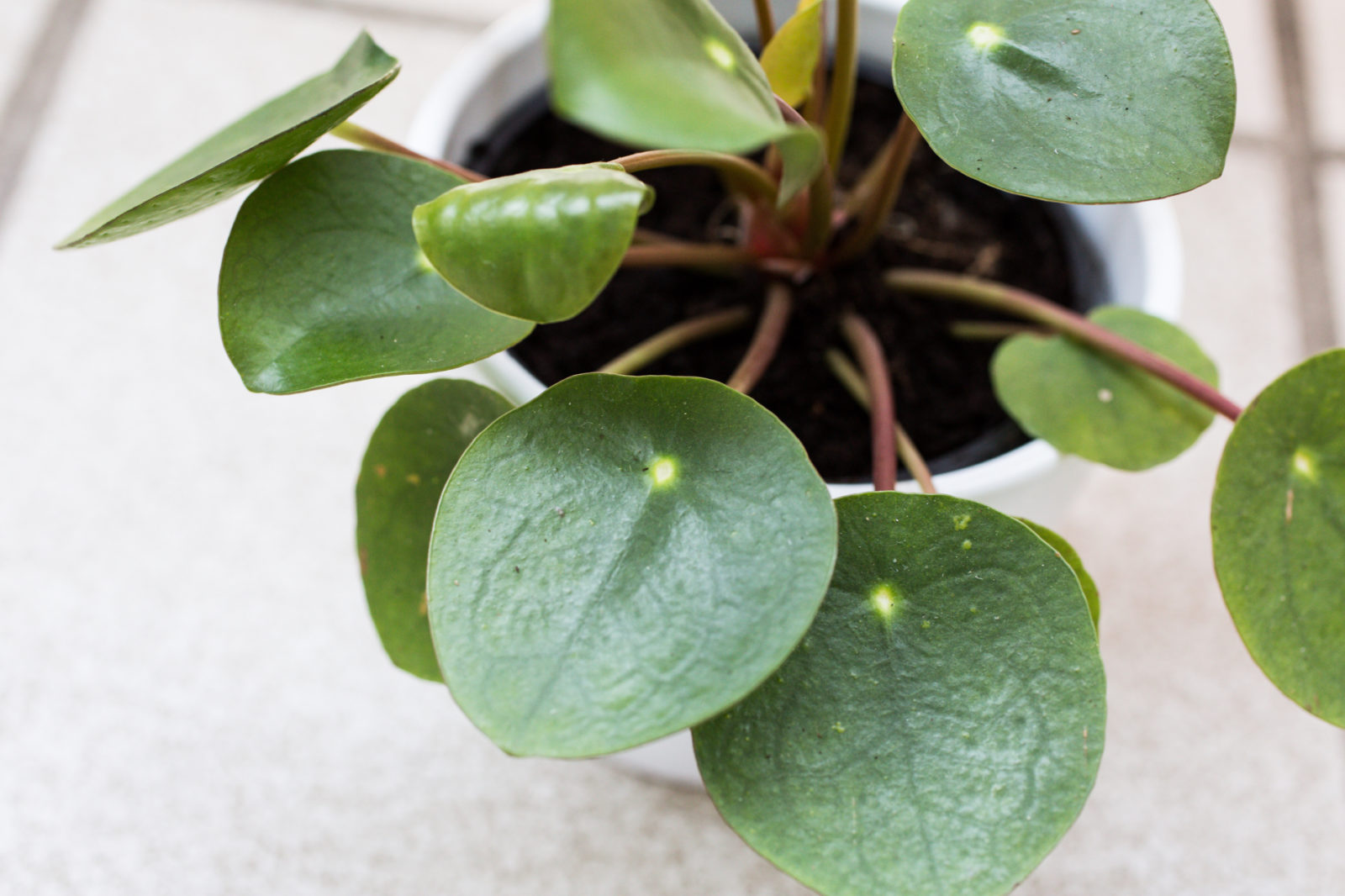Pot-Bound Chinese Money Plant? Repot Yours Every Few Years To Keep It Healthy

HOUSEPLANTS > PILEA-PEPEROMIOIDES > REPOTTING
Reviewed By DAN ORI

Dan has over 27 years’ under his belt caring for plants and gardens. Working as a Horticultural Instructor and Consultant, he draws on a diverse range of experience that includes working as a Head Gardener, Tree Surgeon, Garden Centre Trouble Shooter, and writer of academic papers. Dan has a Level 3 Diploma in Horticulture and is currently a candidate for the RHS’s most prestigious award – The Master of Horticulture.
Contributions From EMILY CUPIT

Emily is a Gardening Writer, Photographer and Videographer from Derbyshire, UK. She is the Founder of Emily's Green Diary - a community of more than 75,000 people who share in her gardening journey.
IN THIS GUIDE
CHINESE MONEY PLANT GUIDES
Chinese money plants are houseplants that can be remarkably forgiving and relatively easy to grow.
However, one thing that you do have to think about is when you should repot your houseplant, and how to carry out this process successfully.
Typically, it is best to repot these plants every 2-3 years to allow them to continue to grow strongly.
Fortunately, repotting a Chinese money plant is relatively easy and straightforward.
The process is simply to:
- Ease the plant from its current container.
- Check over the roots for signs of damage, pests or disease.
- Prepare a new container with a suitable growing medium.
- Place the plant into its new pot.
Read on to learn more about this relatively simple process.
| Difficulty | Easy |
| Equipment Required | Pot, growing medium |
When To Repot Pilea Peperomioides
Chinese money plants like to be repotted when the roots have mostly filled their pot or container and should be repotted only when the roots emerge from the base of the pot.
If a plant is still growing strongly and you can still see growing medium around the sides of the plant, you can leave it in place.
Only when it fills the pot and potentially shows signs of poor growth or stress should you look to see whether it has become pot-bound.

In general, you should consider repotting once every 2-3 years, unless there are signs that the plant is pot-bound before this time.
Ideally, if you decide that it is time to repot your Chinese Money Plant, you should aim to undertake this job in spring or early summer to give it the best chance of reestablishing well in its new container.
1) Ease Plant From Its Current Container

First of all, simply take your plant and ease it gently from its current pot, taking care not to damage the above-ground growth and roots.
2) Check The Roots
Next, give the roots a once over to make sure that there are not any issues with root rot, pests or damage.

If the roots are healthy, you can proceed.
3) Prepare New Pot
It is important not to have too much empty growing medium around the root systems, as waterlogging is more likely to become an issue if this is the case.
However, allowing a Chinese money plant to become badly potbound can also cause issues, also leading to waterlogged soil if roots entirely block drainage holes at the base of a container.

Opt for a container that gives 1 inch of the growing medium around each side of the root system.
Make sure that you fill your container with a moist yet free-draining medium.
4) Repot And Firm In
Next, simply place the plant into the new container and ease in a little more of your growing medium around the sides of the roots.
“As Pilea don’t like their roots being disturbed too often, repotting can be an excellent opportunity to take cuttings,” adds Dan Ori, a Horticultural Consultant.
Give it a good watering and make sure you care for it correctly, placing it in the right location to give it the best chance of continued success.

